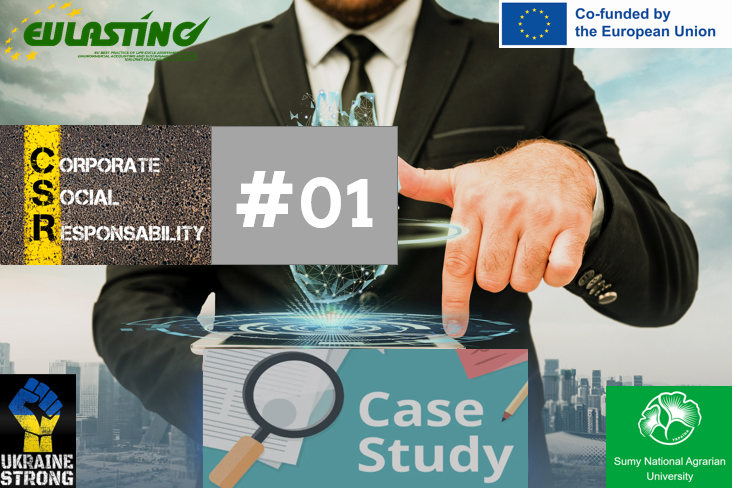Benchmarking and Best Practice Case 1: Unilever’s Integrated Sustainability Reporting Excellence
Unilever stands out as a global leader in sustainability reporting, combining transparency, ambitious goals, and measurable impact in a model widely recognized as best practice. Over the past decade, Unilever has evolved its sustainability disclosures from standalone CSR reports to an integrated reporting framework that aligns closely with financial results, underpinning the company’s commitment to “Sustainable Living.”
Approach and Governance
Unilever’s sustainability strategy is embedded at the highest governance levels, overseen by the Board Sustainability Committee and integrated into executive performance metrics. The company’s Sustainable Living Plan (SLP) forms the backbone of its ESG agenda, focusing on three pillars: improving health and wellbeing, reducing environmental impact, and enhancing livelihoods. This strategy is reflected consistently across its annual reports, investor communications, and standalone sustainability disclosures.
Materiality and Stakeholder Engagement
A rigorous materiality assessment ensures Unilever focuses on ESG issues with the most significant business and societal impact. The company actively engages with diverse stakeholders including investors, NGOs, consumers, and employees through surveys, forums, and partnerships, which shapes key sustainability priorities and reporting content. This engagement ensures that reported information resonates with stakeholder concerns and promotes transparency.
Data and Targets
Unilever employs robust data collection systems that cover environmental metrics such as greenhouse gas emissions (Scopes 1, 2, and relevant Scope 3 categories), water usage, and waste reduction. Social indicators include diversity metrics, fair compensation, and community impact measures. Notably, Unilever’s targets are science-based and aligned with the Paris Agreement, setting ambitious goals to achieve net-zero emissions by 2039 and halve product environmental impact by 2030.
The transparency of target progress is enhanced through detailed KPIs, third-party assurance, and clear commentary on challenges, setbacks, and corrective actions. The company publishes interactive dashboards online, offering stakeholders real-time access to sustainability performance data.
Communication and Innovation
Unilever’s reports use accessible language, rich visuals, and case studies to explain complex sustainability initiatives and impact. Emphasis on storytelling bridges the gap between data and lived experience, showcasing examples such as sustainable sourcing, circular economy innovations, and community health programs.
The company also aligns its reporting with global standards including the Global Reporting Initiative (GRI), Taskforce on Climate-related Financial Disclosures (TCFD), and the UN Sustainable Development Goals (SDGs), enhancing comparability and global relevance.
Impact and Recognition
This comprehensive and integrated approach has garnered multiple awards including recognition for transparency, innovation, and leadership in ESG by Sustainalytics and CDP. Unilever’s model influences peer companies and sets a benchmark for corporate sustainability communications.
For further information, visit: https://www.unilever.com/sustainable-living/



